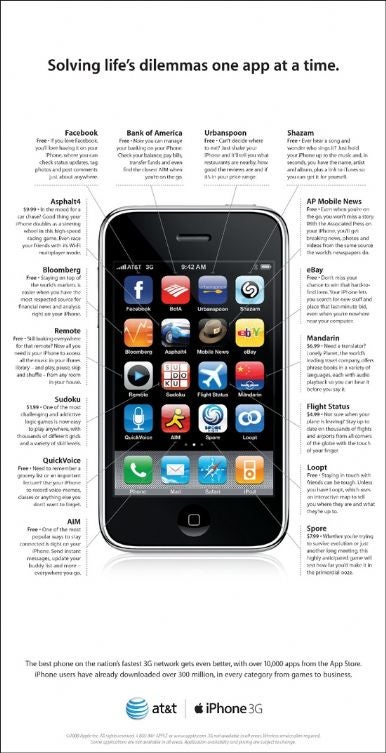If the Hacker ethic essentializes freedom, what is that notion of freedom? Is it merely freedom from constraint? Is it the positive freedom to act, to find the hole, to exploit? Does it have any limits? Any responsibilities? Is it mitigated or moderated by willingness to persist at a difficult task?
That persistence, or perseverance, is a virtue I have been meditating upon. This is contrary to an American inclination to "get out of Dodge." Heading west into the open future is one way to pursue an American dream of a better life. (Yes, that is deliberately vague.) But . . . that perpetual motion misses the transformation of space into place; it misses the slow growth of communities that share memories as well as the present. This is not easy.
THE THING IS
by Ellen Bass
to love life, to love it even
when you have no stomach for it
and everything you've held dear
crumbles like burnt paper in your hands,
your throat filled with the silt of it.
When grief sits with you, its tropical heat
thickening the air, heavy as water
more fit for gills than lungs;
when grief weights you like your own flesh
only more of it, an obesity of grief,
you think, How can a body withstand this?
Then you hold life like a face
between your palms, a plain face,
no charming smile, no violet eyes,
and you say, yes, I will take you
I will love you, again.

 One more on Franklin. While some students found his daily scheme for cultivating virtue "over the top," I can not help but wonder what sort of I-phone aps he might devise if he lived today. Here are ten to help one lose weight: LINK Wouldn't the scientist and inventor want to put this technology to work towards solving an elevated dilemma, such as how to achieve moral perfection?
One more on Franklin. While some students found his daily scheme for cultivating virtue "over the top," I can not help but wonder what sort of I-phone aps he might devise if he lived today. Here are ten to help one lose weight: LINK Wouldn't the scientist and inventor want to put this technology to work towards solving an elevated dilemma, such as how to achieve moral perfection?







